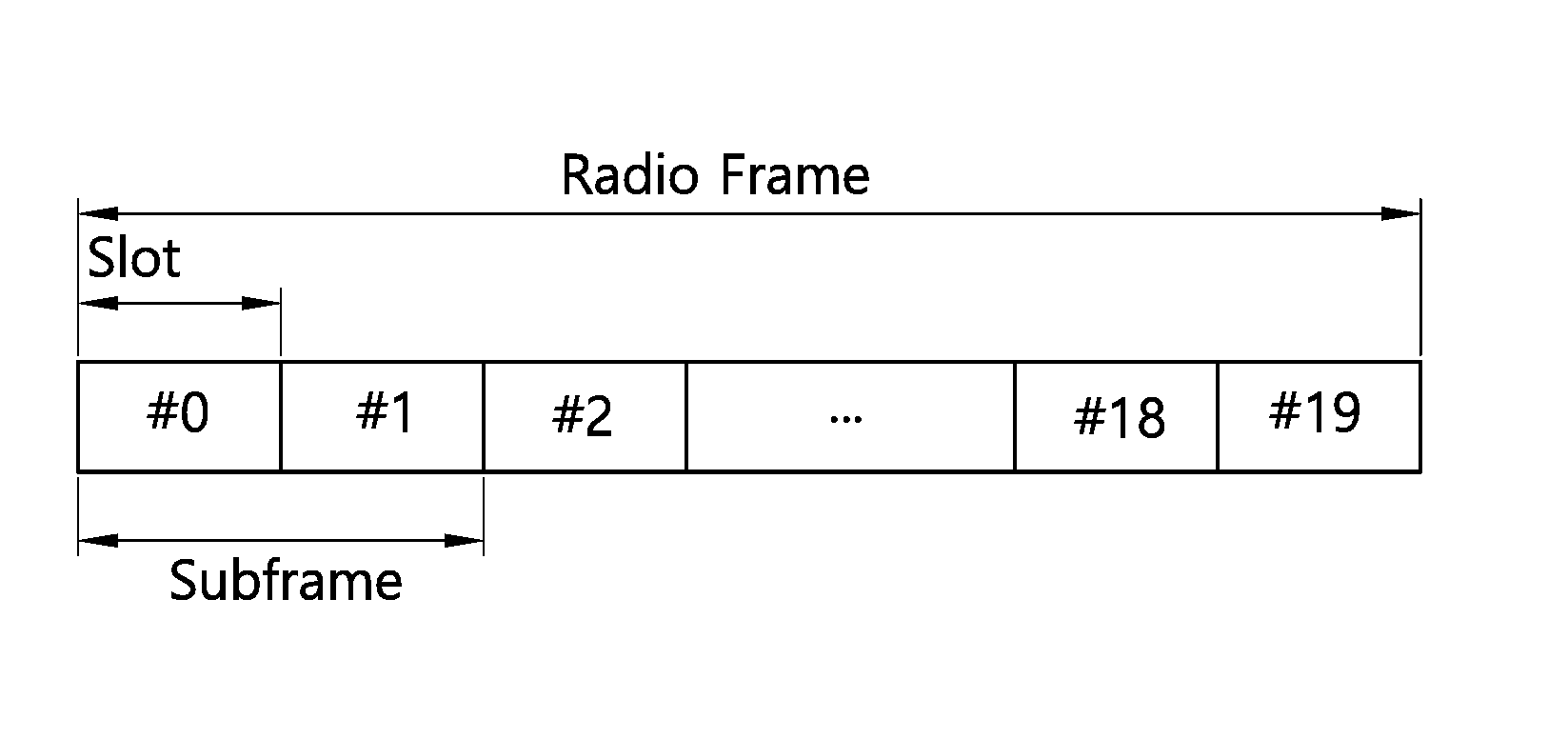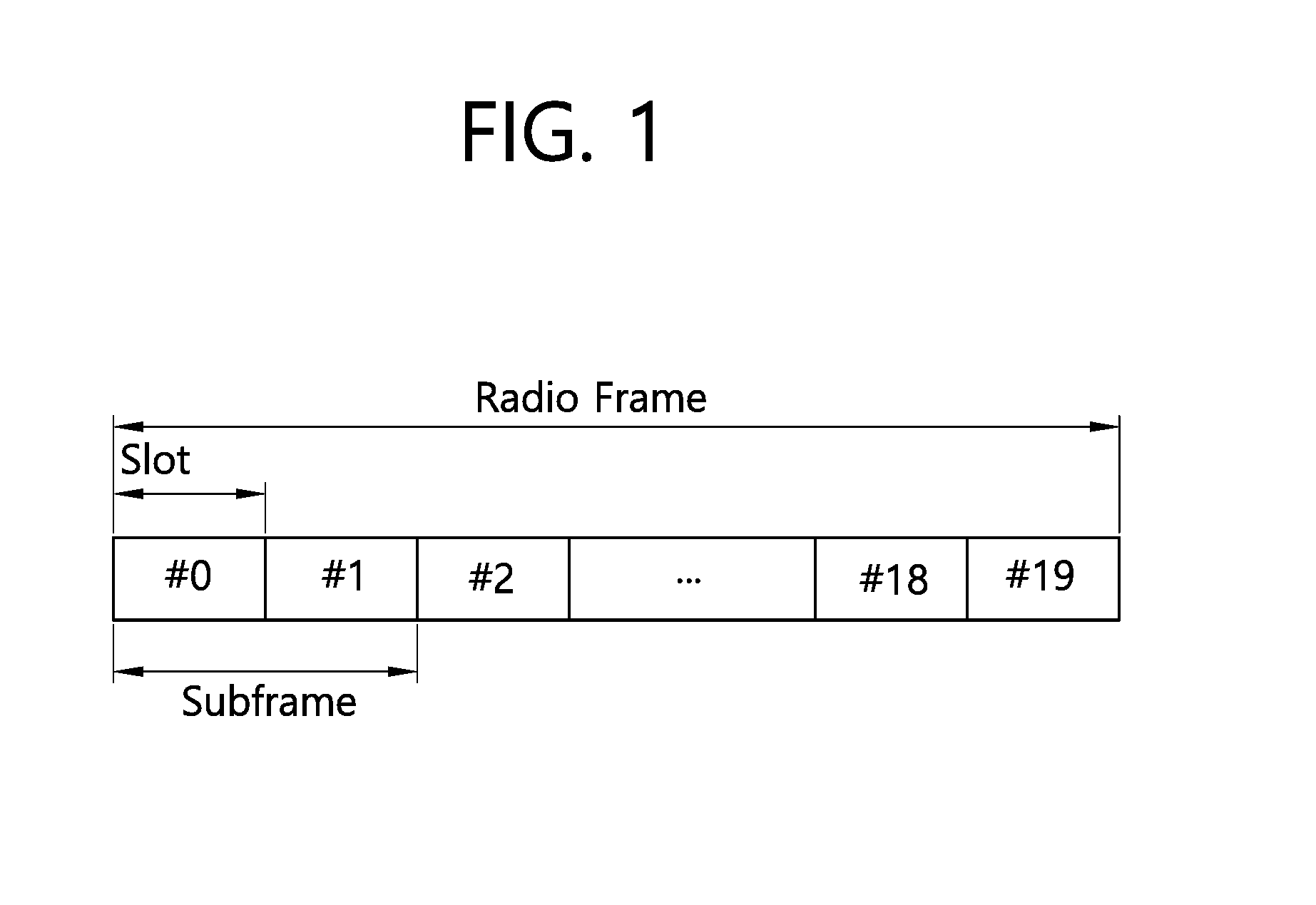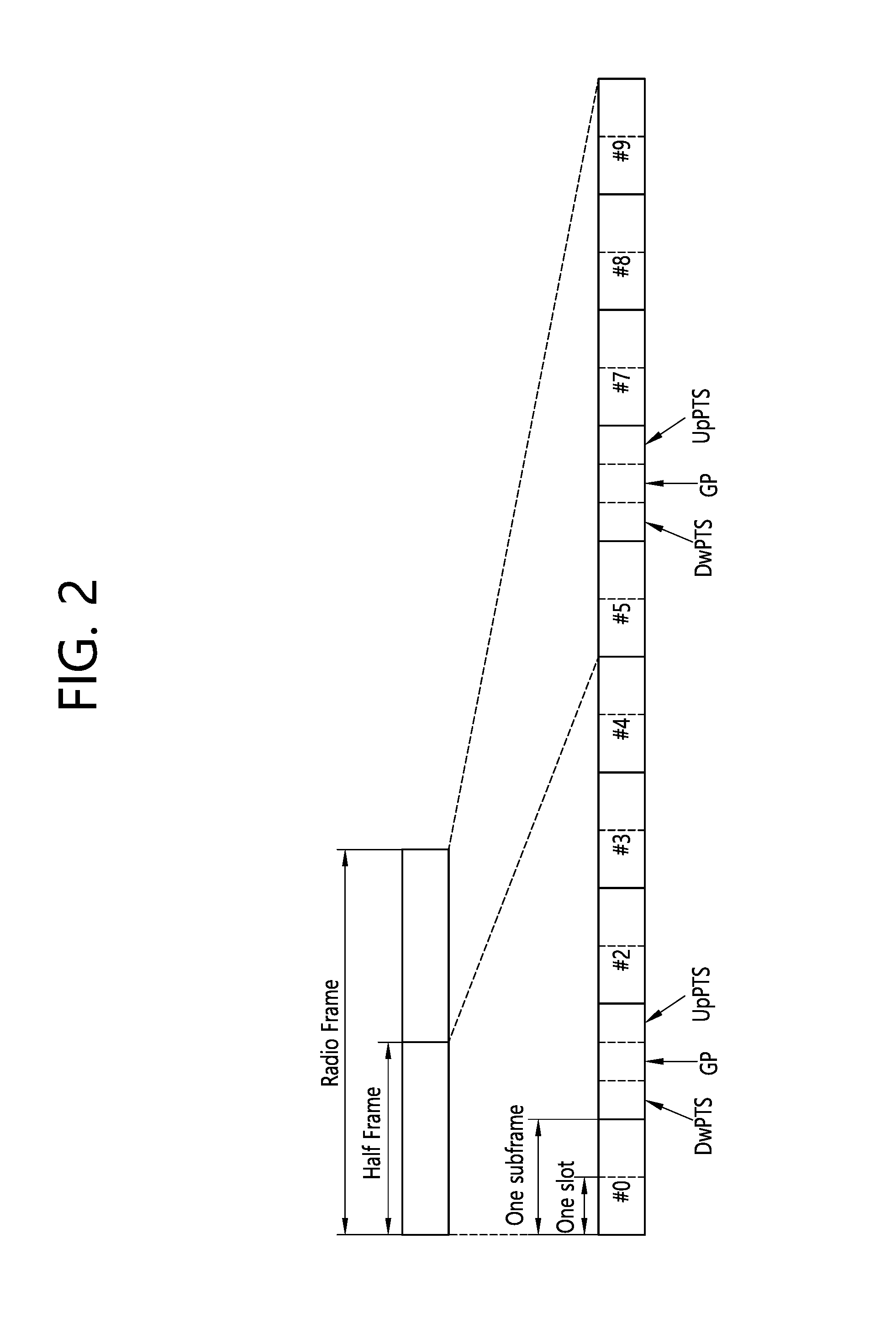Method for determining uplink transmission timing of terminal having plurality of cells configured therein in wireless communication system, and apparatus using the method
a wireless communication system and cell technology, applied in the field of wireless communication, can solve the problems of inefficient use of resources and inability to simultaneously transmit uplink and downlink, and achieve the effect of efficient uplink synchronization
- Summary
- Abstract
- Description
- Claims
- Application Information
AI Technical Summary
Benefits of technology
Problems solved by technology
Method used
Image
Examples
first embodiment
[0200]FIG. 13 illustrates switching part of uplink resources to downlink resources for use.
[0201]Referring to FIG. 13, a legacy FDD UE may use f1 for a downlink and f2 for an uplink.
[0202]Meanwhile, an advanced UE uses f1 for a downlink as in the legacy FDD UE. However, the advanced UE not only uses f2, which is used by the legacy FDD UE only for the uplink, for an uplink but may use part of resources (for example, subframes 131 represented by D) in f2 even for a downlink.
[0203]As such, the advanced UE may use f2, which is used by the legacy FDD UE only for the uplink, in a divided manner for the uplink and the downlink as necessary. For example, when traffic is concentrated in the downlink and there is little traffic in the uplink, a base station may allocate downlink subframes even for f2 to transmit downlink data. In this case, the base station may notify the UE of a configuration according to the first embodiment. The advanced UE supports the configuration and thus is capable of...
second embodiment
[0204]FIG. 14 illustrates switching part of uplink resources to downlink resources for use.
[0205]Referring to FIG. 14, likewise in FIG. 13, a legacy FDD UE may use f1 for a downlink and f2 for an uplink.
[0206]An advanced UE may not use f1. The advanced UE not only uses f2 for an uplink but may use part of resources (for example, subframes 141 represented by D) in f2 even for a downlink.
[0207]A base station may notify the UE of a configuration according to the second embodiment.
[0208]Defining, as downlink subframe configuration information, information indicating to the advanced UE whether part of subframes in f2, which is used by the legacy UE only for the uplink, are used as downlink subframes, the base station may transmit the downlink subframe configuration information to the advanced UE, specifically through a downlink subframe 141 in f2.
[0209]Alternatively the base station may transmit the downlink subframe configuration information to the advanced UE through a downlink subfram...
PUM
 Login to View More
Login to View More Abstract
Description
Claims
Application Information
 Login to View More
Login to View More - R&D
- Intellectual Property
- Life Sciences
- Materials
- Tech Scout
- Unparalleled Data Quality
- Higher Quality Content
- 60% Fewer Hallucinations
Browse by: Latest US Patents, China's latest patents, Technical Efficacy Thesaurus, Application Domain, Technology Topic, Popular Technical Reports.
© 2025 PatSnap. All rights reserved.Legal|Privacy policy|Modern Slavery Act Transparency Statement|Sitemap|About US| Contact US: help@patsnap.com



